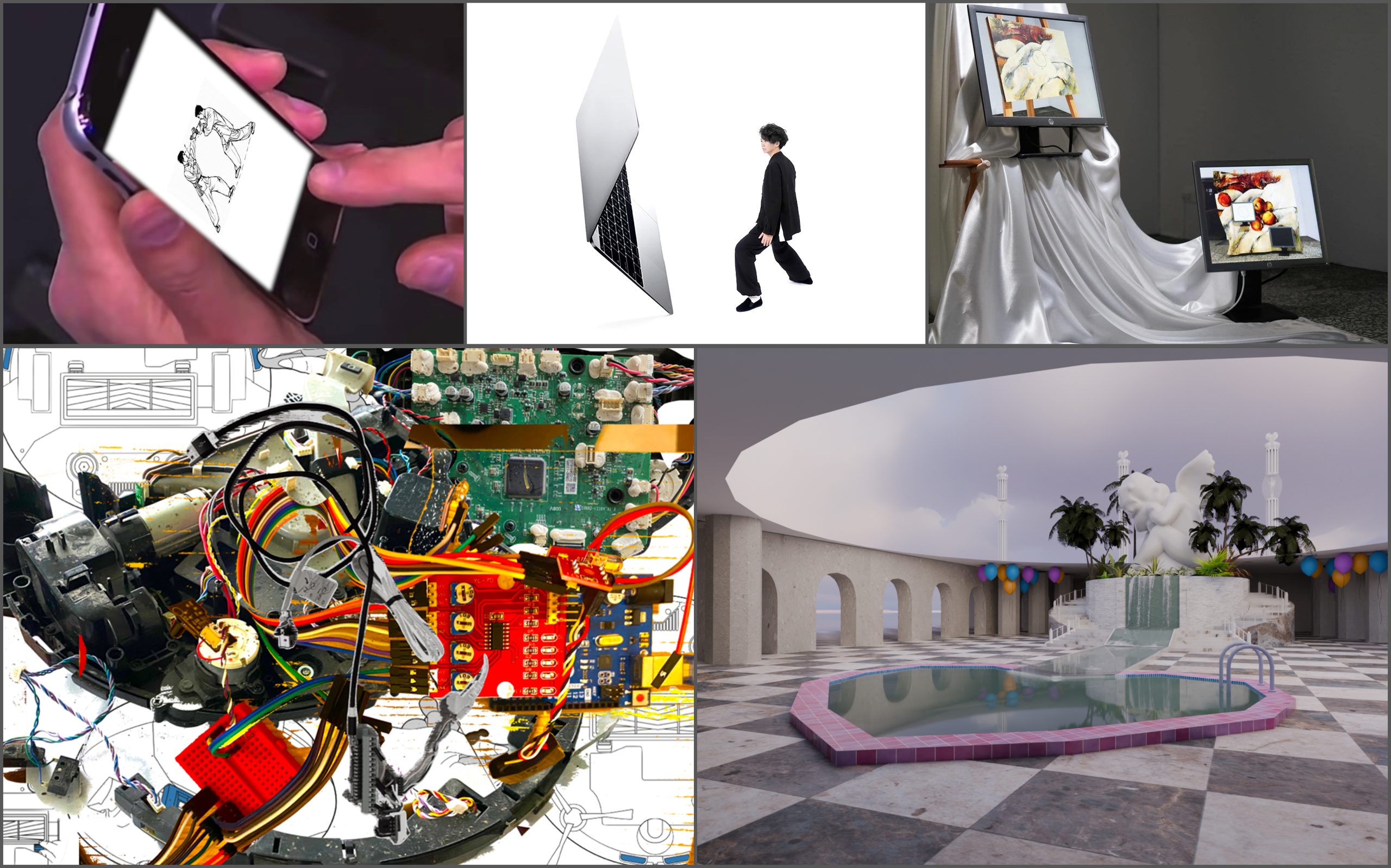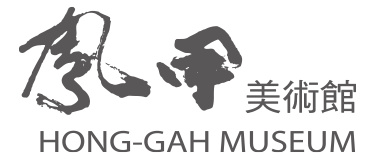BACK
It’s Always the Hands That – Interface/Handshake

Text/Chia-Lin LEE (Curator)
When sculptor Henry Moore was elderly and ill, he drew a series of depictions of his own hands titled The Artist’s Hand (1979), praising the long history of hands as a medium of human expression. He stated, “Throughout the history of sculpture and painting, one can find artists have shown through the hands the feelings they wish to represent.” Meanwhile, Paul Graham, founder of Y Combinator, a venture capital firm that has incubated many tech startups, studied painting at an art school after graduating with a computer science degree. In his essay collection Hackers and Painters, he views both hackers and painters as “people who create things with their own hands”.
Hands are versatile, but they also often give us away. In the history of biological evolution, modern humans developed powerful thumbs capable of opposing the other four fingers, allowing for more precise use and manufacturing of tools compared to other primates. Anthropologists consider this a key factor in the development of human civilization. Today, as people marvel at the explosive efficiency and effectiveness of artificial intelligence, which seems capable of liberating us from many repetitive tasks, while also worrying about being replaced by the technology we created, hands once again become a critical entry point for reflection.
The exhibition concept was initially inspired by the “text-to-image” AI image generation that has entered the public sphere in recent years . According to current technology, the part that AI is most likely to “miscalculate” when generating portraits is the hands, such as producing images with multiple fingers or fingers completely fused together. This has become one of the clues to distinguish whether an image is AI-generated. It is as if hands do not exist in the understanding of artificial intelligence.
Furthermore, the core concept of “digital” is binary encoding. “Digit” refers to “numbers below 10″—that is, the range that can be calculated using fingers—while the Latin root “digitus” refers to the finger itself. The hand is not only the origin of technology but also the origin of calculation, and moreover, it is the primary bodily part through which humans interact with machines—these artifacts created by our own hands. This exhibition attempts to consider whether, if technology is not merely an extension of the human hand, the metaphor of the hand can serve as a vessel for technological diversity, and whether artistic creation possesses a certain potential to fork technological history, enriching our imagination and even bringing positive meaning to the “disappearance of hands” in virtual reality.
As Donna Haraway has noted, new technologies reshape our understanding of subjectivity, prompting us to reexamine the boundaries of body and mind. Meanwhile, Heidegger’s reflections on the typewriter offered a historical lens on technology’s shifting relationship with humans. Our hands may no longer grow calloused, but they are surely mutating into organs fit for new technical conditions.
Gazing at our hands, these intricate yet expressive limbs, perhaps we have always been “machine-humans.”
Artists
Xia LIN
CURIOSKI
Chen CHEN
Yu-Li HSIAO
Ning-Jyun LI
Exhibition Events
Talk | The Hand in VR
Time | 07.13(Sun) 14:00
Location | Hong-Gah Museum
Artist | CURIOSKI
Panelist | Po-Wei WANG(Artist Director, Digital Art Foundation)
Artist Workshop | 3C Xing Yi Quan: Develop Workshop
Time | 07.19(Sat) 14:00
Location | Hong-Gah Museum
Artist | Xia LIN
※Due to limited capacity, early registration is recommended. For detail, please visit the Homg-Gah Museum website and social media
Comic Sharing Gathering | An Outstanding Move
Time | 08.23(Sat) 14:00
Location | Hong-Gah Museum
Artist | CHEN Chen, HSIAO YU-Li, Li Ning-Jyun
※Feel free to bring your favorite comics or books to share!
Organizer| National Culture and Arts Foundation, Curator’s Incubator Program at Museum, Hong-Gah Museum
Sponsor|Spring Foundation
Dates|2025.07.05 – 08.31
Opening|2025.07.05 (Sat) 14:30
Venue|Hong-Gah Museum (11F., No. 166, Daye Rd., Beitou Dist., Taipei City 11268, Taiwan)


